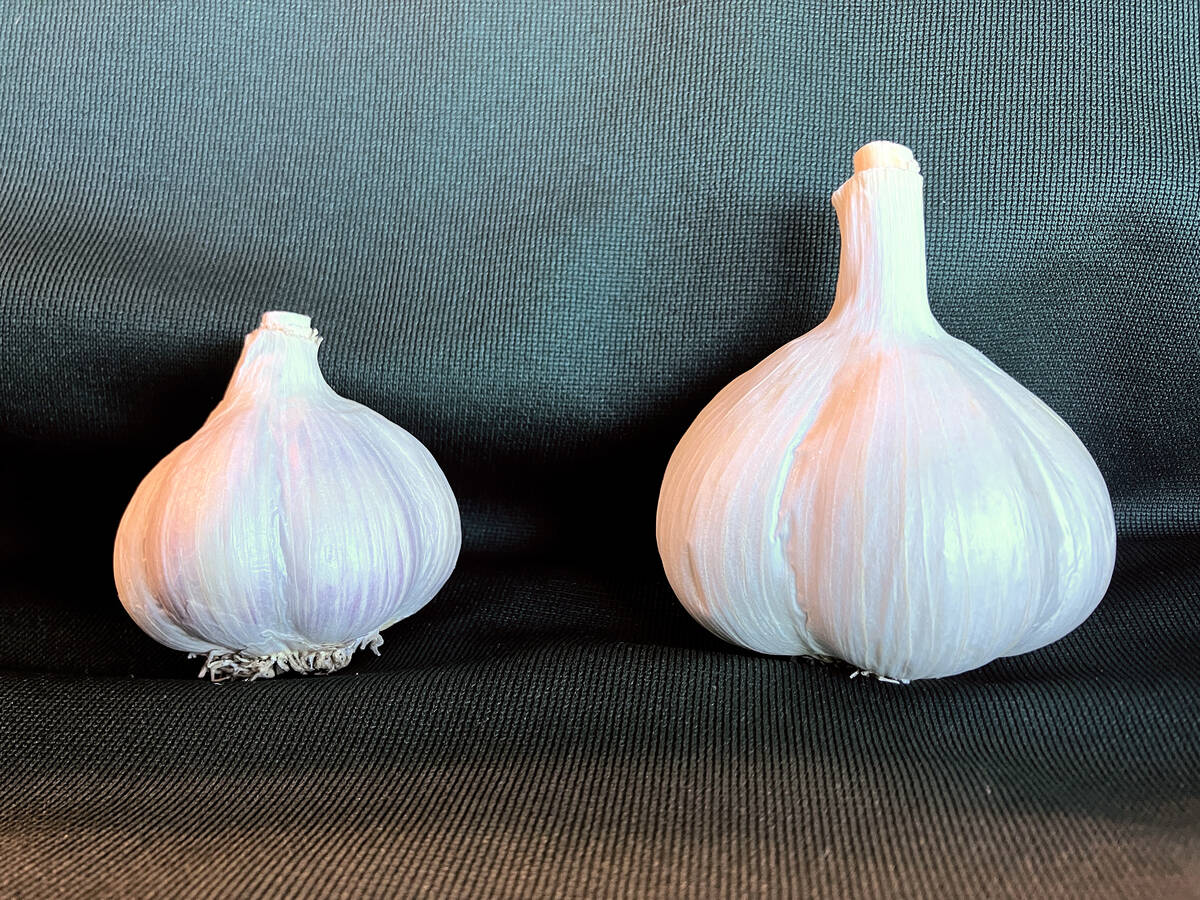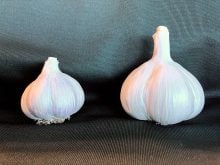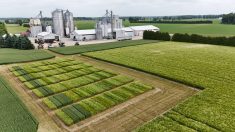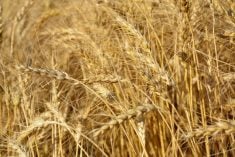There’s no secret sauce when it comes to managing corn stalk residue, but that doesn’t mean it has to be complicated.
The approach one takes is determined by weighing factors such as what the following crop will be and what equipment is available.
Why it matters: Residue management has become increasingly important as ever-improving corn genetics translate to greater yields and biomass.
Read Also

Clean seed garlic promises bigger bulbs and higher returns for growers
Ontario garlic trials show clean seed outshines conventional yields, with stronger drought resilience, reduced virus risk and greater economic outcomes.
Russ Barker, a St. Marys-area Pioneer Hybrid sales representative and crop adviser, says growers in his part of the province make use of an array of tillage styles to account for the sowing needs of subsequent crops.
Disc rippers or plows, he says, are commonly used when growers plan on re-seeding corn. The latter is also frequently used ahead of dry beans. Vertical tillage of “whatever manufacturer’s colour is in the shed” is a go-to approach for white and adzuki beans.
Soybeans, the more common post-corn rotation choice, are generally planted after some vertical tillage, or no tillage at all. Mowing and residue removal is uncommon.
“Personally, I like the idea of planting soybeans in a twin row configuration between the old corn stalk rows,” says Barker. “You need GPS guidance reference from last year’s corn crop to make this work well, which is a hurdle too high for many producers.”
He adds there should be “no compromises” when it comes to achieving a level seed bed. If some tillage is required to achieve this, then it should be done — although in some cases, tillage can ruin what was otherwise an already-level surface.
“To sum it up, it depends…. Either way, the mass of stalks left behind with high yields with modern hybrids create many challenges,” he says.
The trouble with soybeans
Horst Bohner, soybean specialist with the Ontario Ministry of Agriculture, Food and Rural Affairs, says soybeans can suffer from an abundance of, or just poorly spread out, corn stalks.
It’s a problem he has been studying for decades, and one he also sees becoming more of a challenge given modern corn hybrids, particularly in early or otherwise less-than-ideal spring planting conditions.
High-yielding corn hybrids, he believes, might be the reason why no-till soybean practices appear to be less effective now than in the past.
“I personally think it’s necessary in much of the province to manage the residue. I say that not because we have a huge yield response to tillage in soybeans on average, but we often see reduced plant stands and sometimes have slow early season growth. This can lead to lower yields, especially if the spring is cold,” says Bohner.
“It’s pretty easy to have a 20 to 30 per cent stand reduction in heavy corn stalks… and every degree Celsius matters in the spring. Soils just don’t warm up as quickly if there is a lot of residue.”
Some form of minimum tillage — something that scuffs only the top few inches — is a good compromise.
Vertical tillage is effective at opening up the soil so it can dry and warm more quickly. However, this depends on the grower possessing a piece of equipment designed for the job, such as a Salford RTS. A conventional cultivator will not manage heavy corn stalks and discs do not leave an adequate seedbed.
Strip-tillage is another option, although Bohner says few growers are taking that approach in soybeans. Pushing residue to the side via row cleaners and planting soybeans into the space is also effective, but it can be challenging in 15-inch rows.
Bohner says getting soil to dry and heat up is critical. This means creating a residue mat by mowing or chopping is one of the worst things growers can do before no-till soybean seeding. If the option is to mow or do nothing, it is better to leave stalks standing and use a seed drill to punch through existing residue.
“I have to admit, if you have well-drained soils and lighter textured soils that warm up relatively well, and you just leave the stalks standing… there’s nothing wrong with no-tilling right on top of that. It’s when conditions are cool and wet, or the corn stalk residue is excessive we see yield reductions.”















